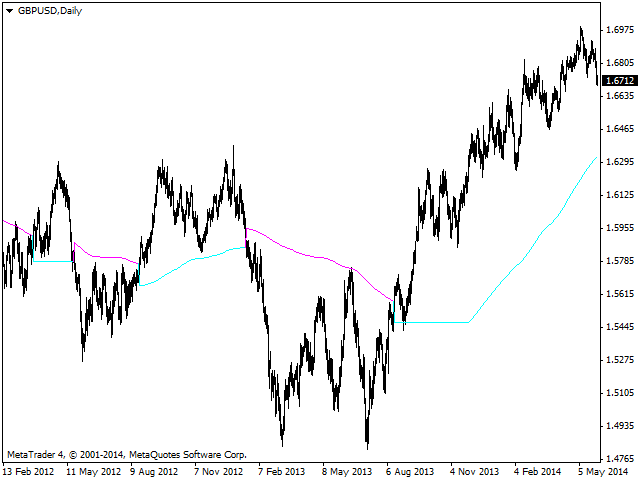This indicator determines the market modes based on the channel of moving averages for highs and lows. When the system is in bullish mode, the channel rises, and vice versa for a bear market. The goal of choosing a channel instead of a simple moving average is to gain the advantage of hysteresis and reduce false signals by using the range of values before switching from bullish to bearish mode.
Interpretation of values
- When the price is higher than the indicator value, the market is bullish and you need to look for opportunities to open a long position.
- When the price is below the indicator value, the market is bearish and you need to consider opening a short position.
[spoiler title=”Read More…”]
The Hysteresis indicator is primarily intended to be used as a trend filter in combination with other strategies or indicators. For example, you can use the Value Chart indicator in conjunction with the Hysteresis indicator. When Hysteresis indicates that the market is bullish, consider only the possibility of opening long positions and use the Value Chart indicator to determine temporary pullbacks and vice versa for a bear market.
[/spoiler]





